Running an accredited laboratory, testing valves for leakages has long been part and parcel of Zeger’s day-to-day activities. However, his professional interest in fugitive emissions extends far beyond generating reliable data; he is passionate about identifying the root causes of leaks and contributing to effective solutions. He also allocates significant time to the development of standards, such as the recently issued ISO 12101. Fugitive Emissions Journal spoke to Zegers about his work, motivation, and determination to bring ISO 12101 from idea to reality.
By KCI Editorial
Having been involved in valve testing since 1998, Zegers has seen countless valves and their sealing systems fail. “Even today,” he comments, “the average rejection rate during design validation and fugitive emission testing remains very high. And that despite the fact that every valve in our laboratory will surely have been tested before leaving the factory.”
Zegers’ explanation for the disparity is simple: factory tests are often short production tests, typically performed at only a few bar, at ambient temperature, and perhaps for a short time-frame. “Such tests reveal little about how a valve will perform over extended periods, under extreme temperatures (hot or cold), or under actual operating conditions.”

Zegers further notes that in most production tests, the medium used to verify body, gasket, and seal tightness is a liquid, while in real-world applications the medium may be a gas with entirely different viscosity and leakage characteristics. “Often, leaks develop over time. So this is a valuable lesson: liquid-tight does not mean gas-tight.”
Guidance for Real-World Use
Digging deeper into the origins of fugitive emissions from valve stems, Zegers indicates that many valve manufacturers tend to rely on data sheets for stem seals. “However, closer investigation sometimes reveals that the stated temperature ranges are incorrect, that the seal has never been tested at those temperatures, or that fugitive emission testing was not carried out under representative conditions. Installation instructions or minimum packing compression requirements may also be missing.”
Such omissions can cause major issues, both during testing and in actual operation. “Stem seals can relax at high temperatures and especially after cooling back down to ambient. If the packing stress drops below the minimum required compression rate, a compressible stem seal will leak sometimes significantly. Increasing packing stress can bring the leakage back within acceptable limits. This is why we often provide a practical operating manual for components with guidance that is essential for real- world use but is often unknown to end users,” states Zegers.
ISO 12101: The Origins
Early on in his career, Zegers developed a keen interest in relevant standards. In the 2000s, for example, he picked up on ISO 15848 – covering industrial valves — only to be quickly surprised on several levels. Firstly, just how long it took for the standard to receive official status; secondly, the even longer interval before end users began requesting it; and finally, the fact that the standard did not cover stem seals.
Comments Zegers: “I always believed there should be an ISO standard for testing stem seals. A standard that would provide valve manufacturers and repair shops with exact information that can be applied in valves representative of the test conditions experienced during the type approval test. To my mind, such a standard should cover not only compressible stem seals, but also elastomers (O-rings) and pressure-energized stem seals. Such a standard would, I assumed, surely benefit all parties and especially the valve makers, who often seem to bear the brunt when valves leak during independent testing.”
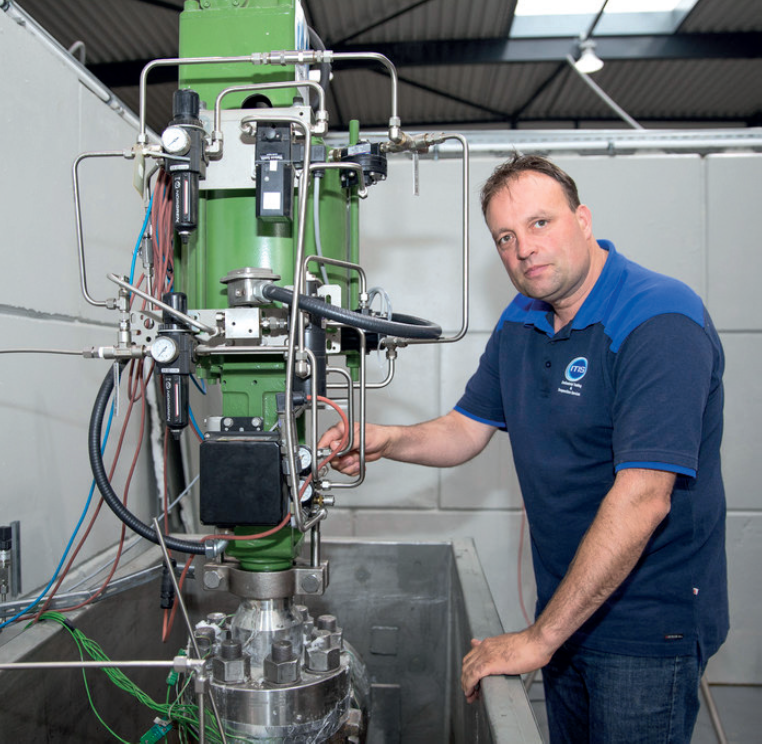
With this insight came the determination to see the development of a new standard – and the first steps towards ISO 12101 were taken.
Test Fixture Freedom
From the outset, Zegers strongly advocated that stem seal manufacturers should have the freedom to select or design their own test fixtures. “Firstly, as they would be able to demonstrate the true and optimal performance of their technology. Secondly, if the standard were to mandate a single, standardized fixture design, particularly one with fixed surface finishes, seal loading methods, or coatings, it could inadvertently disadvantage certain sealing concepts, limit innovation, and prevent manufacturers from developing solutions that meet the increasingly demanding sealing requirements of modern industrial valves. Thirdly, a fixed fixture design risks producing results that do not reflect the real capabilities of the sealing system, as the fixture might not be optimized for that particular design. By allowing manufacturers to tailor the fixture to their seal, the test results will more accurately represent what is achievable in practice.”
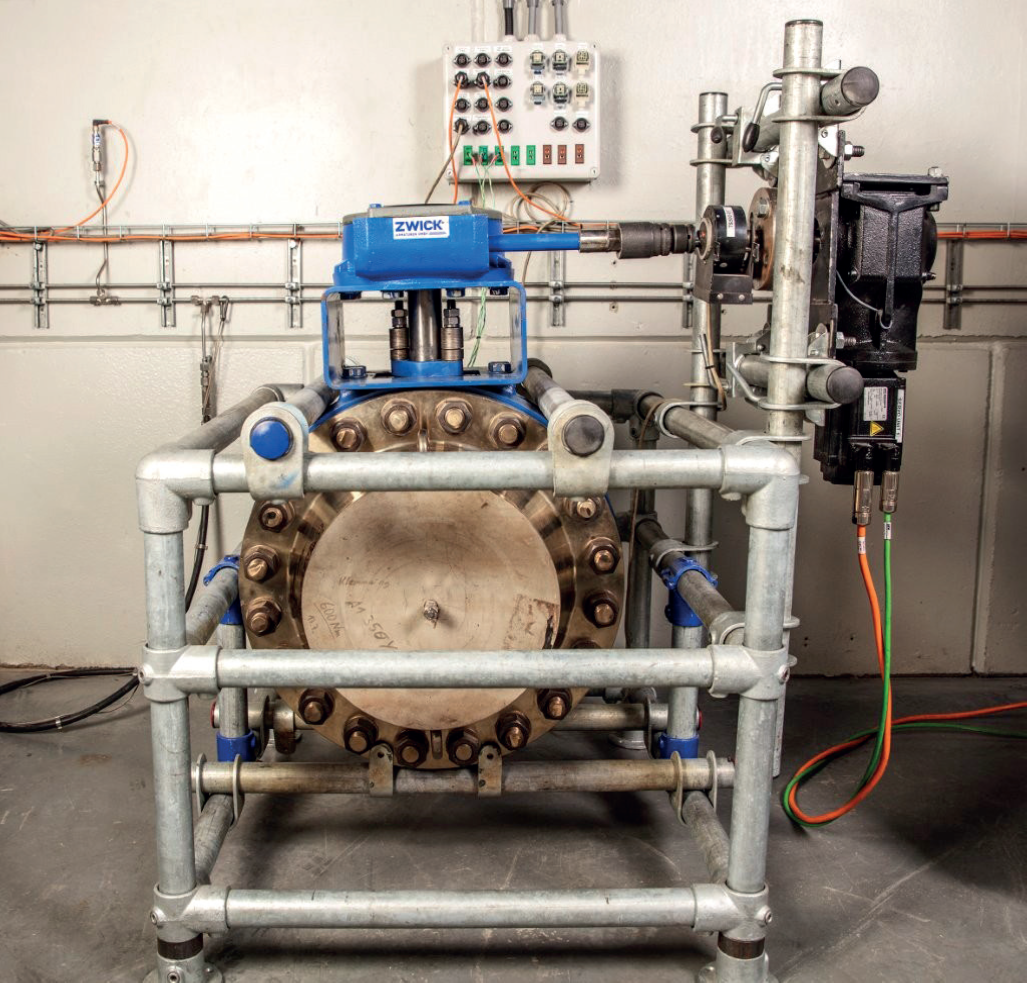
Zegers adds that the seal manufacturer would still be required to fully document all fixture details, such as materials, surface finishes, tolerances, and geometry, in the test report, giving valve manufacturers the necessary information to replicate the tested performance in their own products.
This approach avoids the need for the standard to describe every possible suitable fixture design in detail, keeping the document simpler and more adaptable. It also accommodates the use of a test valve instead of a fixture in certain cases, such as for large or high-pressure seals, provided that key requirements, like removing the obturator and documenting all relevant design and material details, are met. In doing so, ISO 12101 ensures the test method remains fair, representative, and supportive of both technological progress and practical industry needs.
Team Effort
Zegers indicates that creating a new standard is a multi-year process. “Initially, I thought ISO 12101 might be finalized within 24 months, but experience taught me it would take much longer — at one point, we even had to request an official extension from ISO.”
Zegers’ first step was to become a member of his national standards body in The Netherlands (NEN), contributing as the Dutch expert in Standard Committee 341032 ‘Pressure Equipment and Industrial Valves. “At the very first opportunity — that would have been around 2019 — I enthusiastically presented my idea for a new standard. The committee, however, was far from impressed. in fact, they voted against it. This setback was my first lesson in ‘the politics behind standards’, namely the need to convince people to vote in favour”.
Three attempts later and Zegers’ proposal received the necessary support, enabling him to approach ISO/TC 153 to officially submit a New Work Item Proposal (NWIP).
Work started on ISO 12101 in 2021, with Zegers as chairperson. From the start the team determined to involve the entire product chain, from seal manufacturers to end users, getting as many countries as possible on board. This was seen as vital to ensure the standard would be both technically correct and practically applicable — key features of standards which are genuinely used and not left on the shelf. “To achieve this, I engaged with multiple organizations and companies, soliciting their contributions to the standard,” recalls Zegers. “Frequent meetings were held each year, with up to eighteen participating countries reviewing all comments and suggestions. After each meeting, the draft was revised and recirculated for further review, steadily moving the project toward its final form.”
Commenting on all the positive and valuable contributions, Zegers pays due acknowledgement to numerous individuals, organizations, end user companies, and manufacturers, including Ralf Vogel, Peter Dix, Alfred Kruijer, Emmanuel Sauger, Hélène Cros, and Stefan Müller, as well as the ESA (European Sealing Association), the FSA (Fluid Sealing Association), BVAA (British Valve and Actuator Association), ISO (Afnor), Shell, DOW Chemical, IMI CCI Valve Technology GmbH and more. Regulatory bodies were also consulted, specifically DCMR in the Netherlands and Vlarem in Belgium, whose input helped align the standard with applicable legislation and compliance needs.
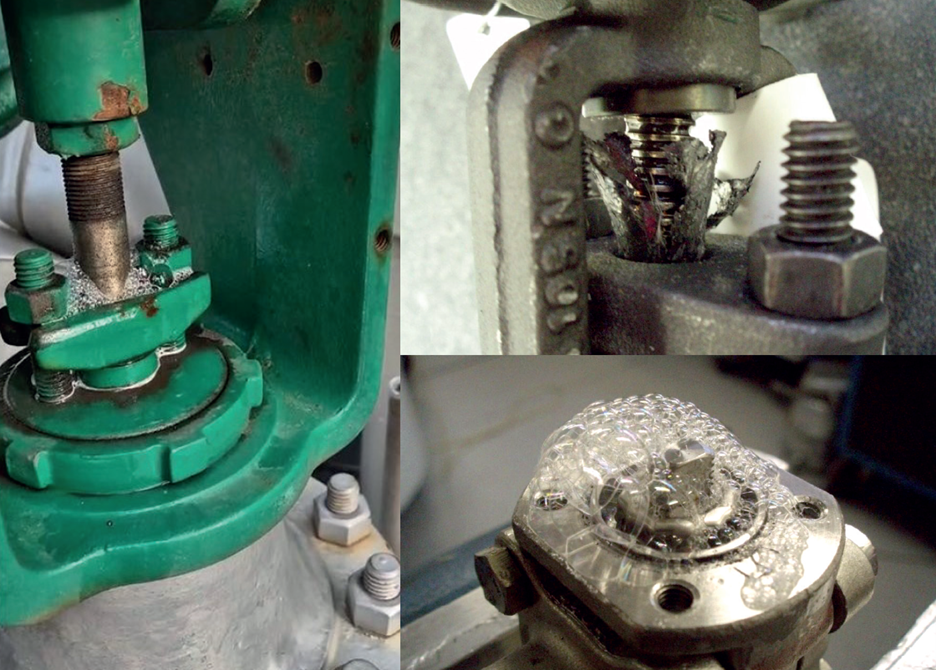
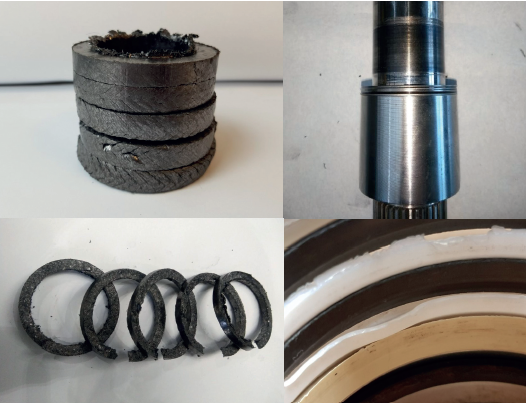
Having personally witnessed countless valves and their sealing systems fail, Zegers is determined to help identify the root causes and contribute to effective solutions.
Value for All
Zegers trusts ISO 12101 will be relevant to, and embraced by, every element of the valve supply and service chain. “Seal manufacturers should use it to design and qualify sealing systems, valve manufacturers and EPCs should integrate it into new valve specifications, and stockists should be aware so they can supply compliant components.”
Importantly, repair companies and service providers can apply ISO 12101 when retrofitting or upgrading existing valves, ensuring even older assets can be brought up to the latest fugitive emission and performance requirements, continues Zegers.
“End users, across industries such as oil and gas, petrochemicals, and power generation, should embed the standard in procurement, maintenance, and inspection processes to ensure consistent, verifiable performance and regulatory compliance throughout the valve’s lifecycle.”
Key benefits include the fact that ISO 12101 delivers clear and measurable benefits for the entire valve industry. States Zegers: “It provides a globally recognized, consistent method for testing and qualifying stem sealing systems, ensuring reliable fugitive emission performance under realistic service conditions. For valve manufacturers, it offers a competitive advantage by enabling them to demonstrate compliance with the latest environmental and performance requirements. For end users, it reduces uncertainty by making sealing performance verifiable and comparable between different suppliers.”
Importantly, ISO 12101 also supports the upgrade of existing valves, allowing older assets to be retrofitted with tested and approved sealing systems so they meet current regulatory and environmental standards. This extends the service life of critical equipment, improves safety, minimizes environmental impact, and helps avoid costly valve replacements.
The standard also promotes innovation by allowing seal manufacturers the freedom to optimize their designs, driving better long-term performance and lower total cost of ownership.
Breakthrough Monitoring System
Although ISO 12101 absorbed more time and energy than anticipated, Zegers is already looking forward to future challenges. This includes plans for his business as well as contributing to more standards. “I have been invited to assist with a new revision of ISO 23632, a Design Validation Test, where fugitive emission testing may also be included, as it is currently not part of the scope.”
Zegers’ company is also developing sensors to measure emissions from compressible stem seals directly in the plant. “Our first prototype works perfectly. This could provide a breakthrough solution for monitoring fugitive emissions, potentially making LDAR testing unnecessary as operators can see exactly when stem seals start to leak. Hence leaks can be prevented before they even occur. At this stage, I would welcome comments and feedback from end users, as their interest would certainly help us move forward with the project.



 After studying mechanical engineering, Zegers quickly became involved in the leak testing of industrial components as well as complete industrial installations and vacuum systems as his career took off.
After studying mechanical engineering, Zegers quickly became involved in the leak testing of industrial components as well as complete industrial installations and vacuum systems as his career took off.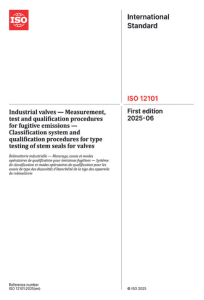 ISO standards are essential references for quality, safety, and compliance. Here’s where to find them:
ISO standards are essential references for quality, safety, and compliance. Here’s where to find them: